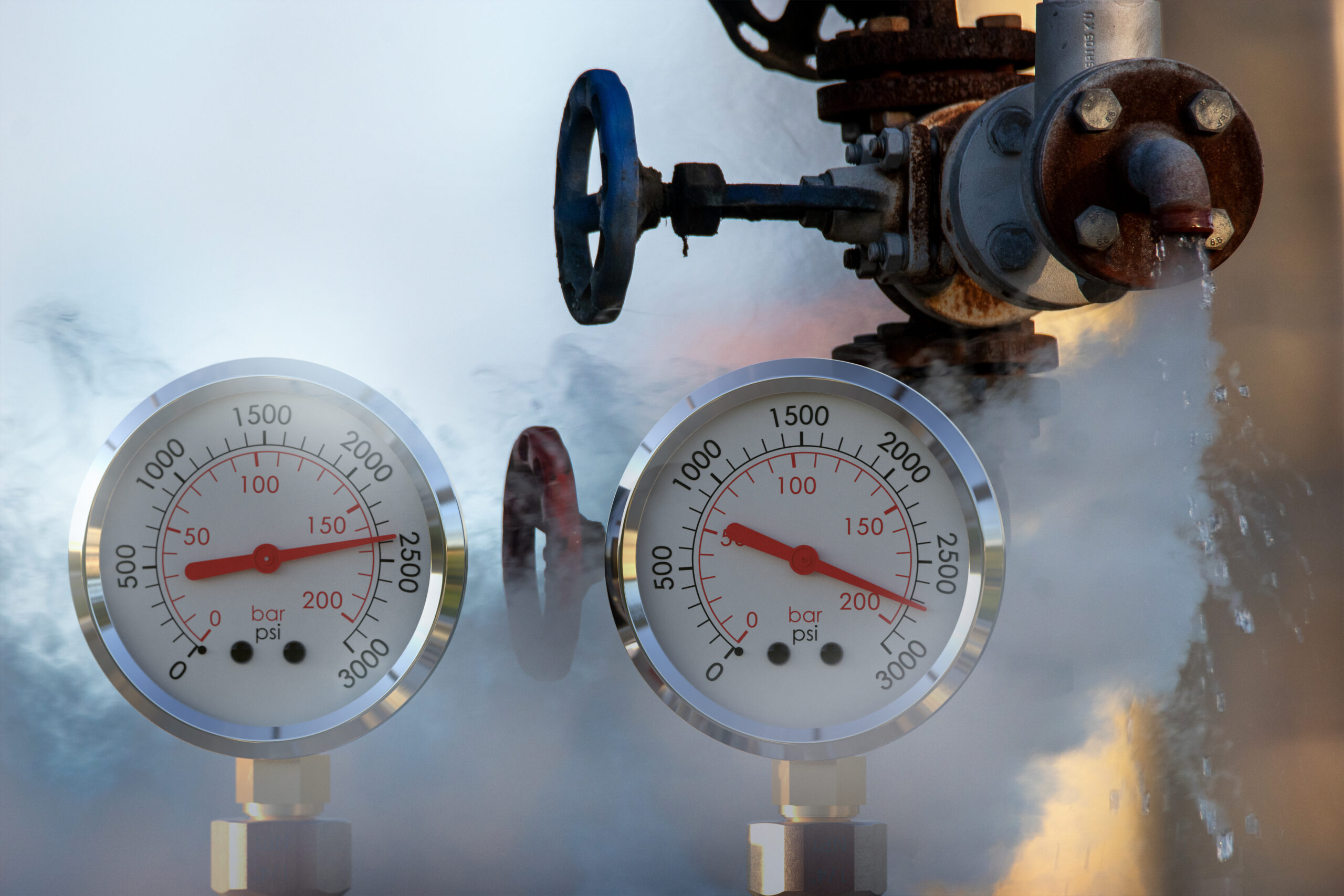

Blog
What are the pros and cons of heat pump water heaters (HPWHs) in multifamily settings? Do they work well in cold climates?
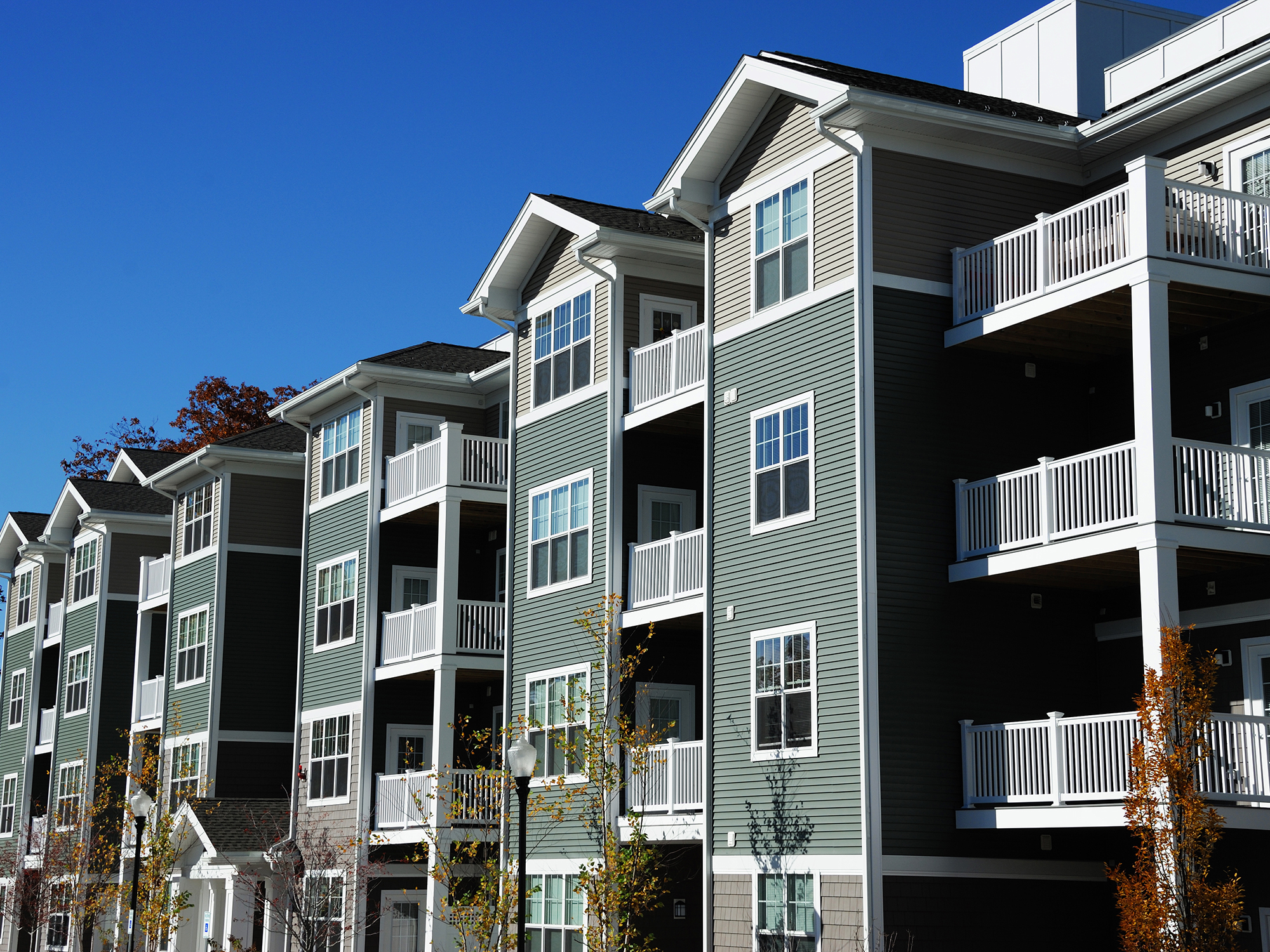
Thinking about using heat pumps for electric water heating in your multifamily building? HPWHs, especially integrated models (iHPWHs), are gaining traction beyond single-family homes for their energy-saving potential.
HPWHs can often reduce electricity use compared to traditional resistance heaters, but installing and optimizing performance is not always straightforward. These systems were designed for open spaces in single-family homes, so getting good performance in apartments takes a thoughtful approach.
At SWA, we’ve seen both the promise and the pitfalls of HPWHs in multifamily projects. To help our clients achieve better performance, we drafted guidelines and checklists for multifamily HPWH applications.
Here’s what you need to know to make them work:
Note: We published this blog post on October 23 because it’s Heat Pump Water Heater Day! Learn more about this annual online event from the Advanced Water Heating Initiative at advancedwaterheatinginitiative.org/hpwh-day.
Yes, but only if installed thoughtfully. In multifamily buildings, especially in colder regions, performance depends heavily on location, airflow, and integration with other systems.
SWA has developed guidelines for three typical HPWH setups in multifamily buildings:
This HPWH is located inside an apartment closet, and intake and discharge air is ducted within the apartment. Discharge registers are located where cold air won’t cause comfort problems.
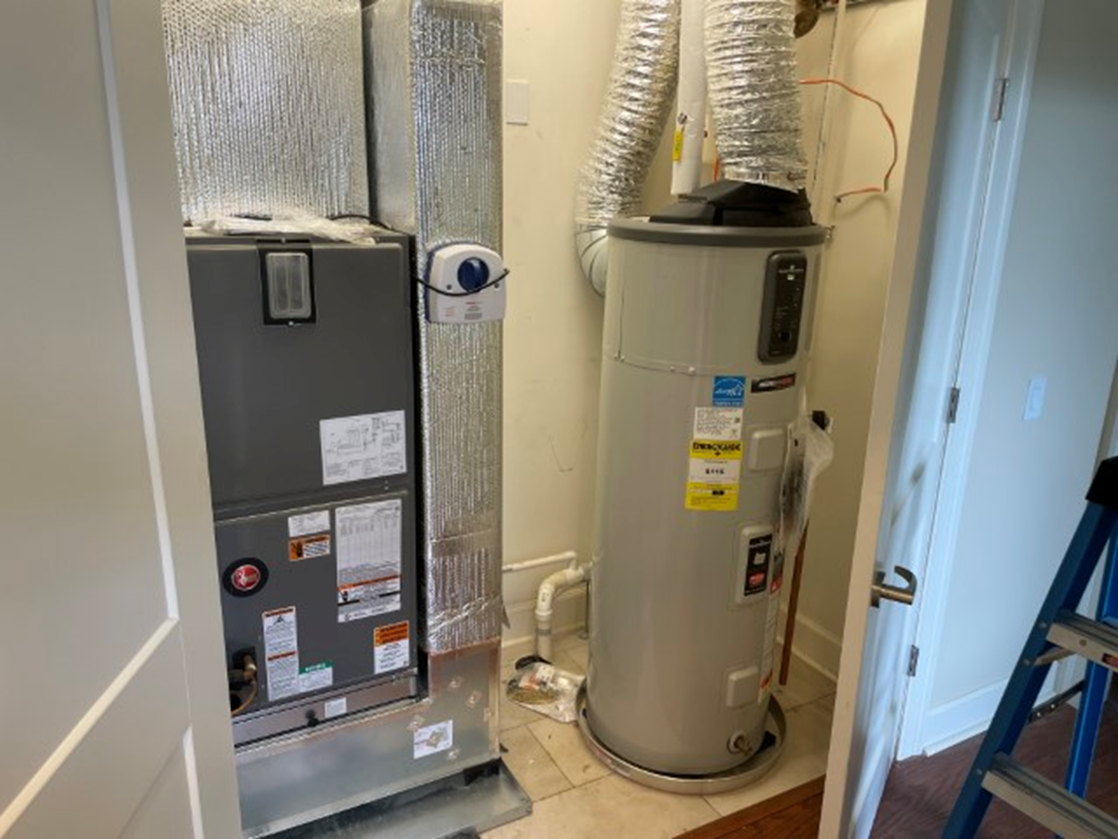
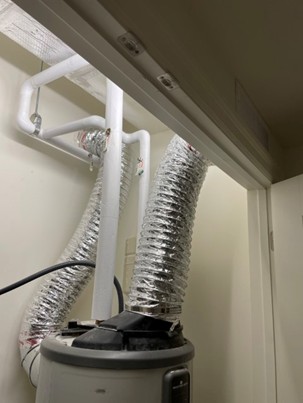
This HPWH is wedged in a closet; there was no regard for clearances or adequate air from which to extract heat. There is a resistance heater to try to heat up the closet, which defeats the purpose of the heat pump.
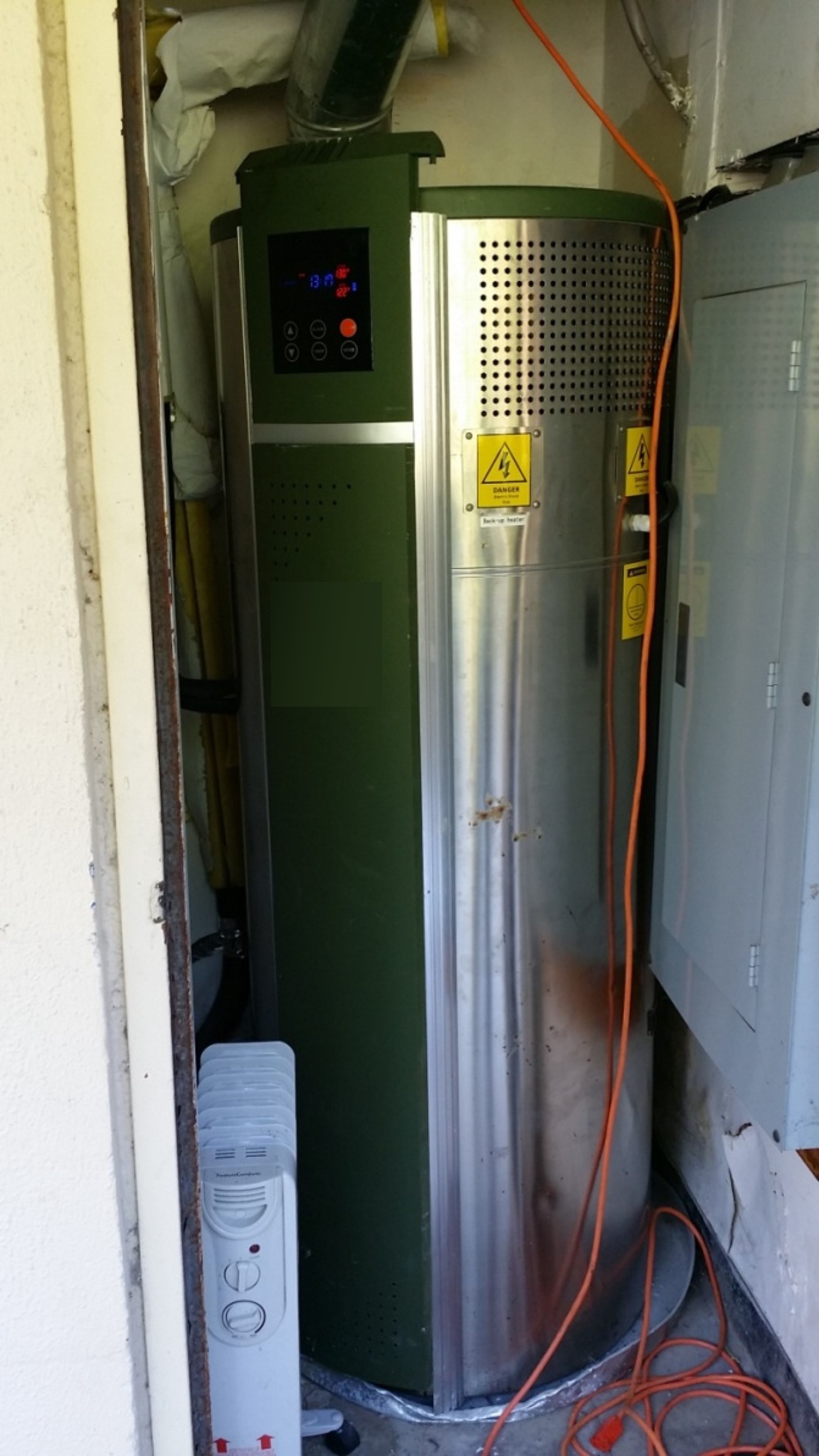
We’ve seen too many poorly installed HPWHs in multifamily buildings. While there’s no one-size-fits-all solution, thoughtful design and installation can make HPWHs a smart choice—even in cold climates.
SWA’s guidelines and checklists are designed to help developers, engineers, and contractors get better performance from these systems. Click here to download a copy of our detailed Guidelines for Heat Pump Water Heaters in Multifamily (PDF).
If you’re considering HPWHs for your next multifamily project, we’re here to help. Click here to contact us.
Steven Winter Associates